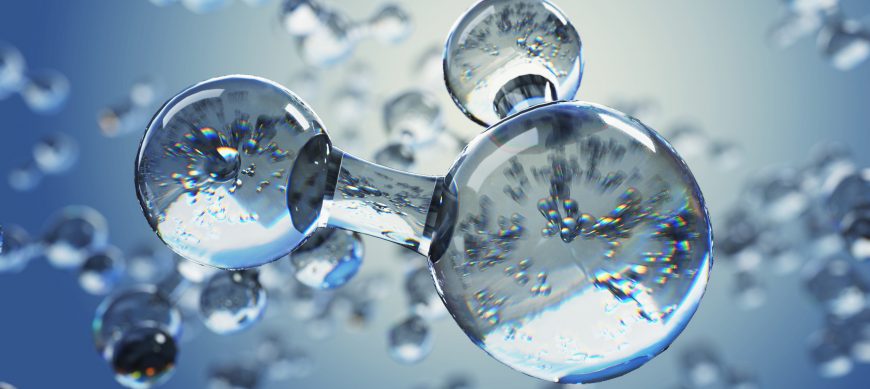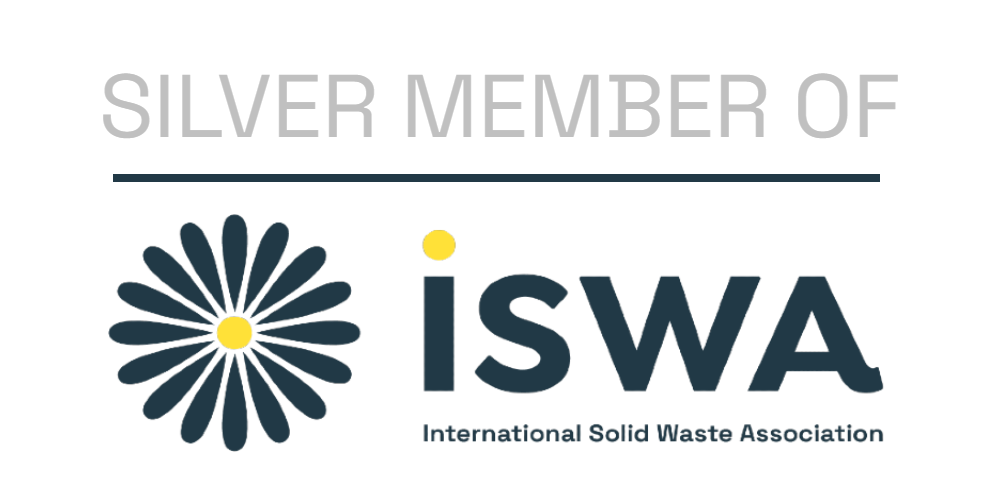Multiple non-burning technologies recognized and supported by the World Health Organization (WHO) are available to treat hospital waste. They all have their pros and cons, but some may present more constraints than others. The autoclave/steam technology, dedicated to treat medical waste, remains probably the most common non-burning method. Very energy consuming, this technology is based on steam sterilization in a pressurized vessel, and requests a specific installation and civil works in medical facilities.
The autoclave technology requires an extensive training of its operators and hospital staff. In addition, it needs a detailed waste segregation and a very careful maintenance guideline in order to avoid accidents (explosion of the pressurized vesse for example). The autoclave technology may consume hundreds of soft fresh water litres per hour. Some autoclave models can use up to 1000+ litres per hour! It leads to a direct negative impact on the fresh water resources, causing a significant environmental waste.
According to a study from the CNRS (French National Center for Scientific Research, one of the world’s leading research institutions), fresh water Humans can use (drinking, showering, agriculture, industry) represents less than 3% of the planet’s total water resources. This means the available fresh water reserve is only 35 million km³. Moreover, 70% of these fresh water resources are still stocked in solid state in ice caps.
The United Nations World Water Development Report (WWDR, 2003) from the World Water Assessment Program indicates that, in the next 20 years, the quantity of water available for each individual will decrease by 30%. Yet today, 40% of the world’s inhabitants have insufficient fresh water for their minimal hygiene. It is critical to save as much fresh water as possible, in every human activity. Within a society, hospital holds a great responsibility towards the people and Public Health. However, these facilities are amongst the main producers of hazardous waste, and have to be high-energy consumers to heal the sick and keep people healthier. With an average consumption of 500+ litres of fresh water per bed and per day, hospitals and healthcare facilities integrate specific installations with high water consumption (central sterilization supply department, laundry, patient rooms). Besides, the presence of numerous polluting substances constitute a permanent threat for the environment.
Thanks to the research and development of forward-thinking scientists and innovative industrial engineering firms worldwide, more eco-friendly and modern non-burning technologies treating medical waste exist now. Supporting for more than 60 years its customers throughout the innovation cycle, by mastering advanced technologies and demanding environments, Bertin Technologies, and its mother company CNIM, are leading French corporations offering a range of innovative and tailored solutions dedicated to the treatment of waste, emissions control, renewable energy and energy efficiency.
Bertin Medical Waste, brand of the CNIM Group, offers advanced eco-friendly solutions for medical waste management based on shredding and sterilization through microwaves in one single compact vessel. Validated and recommended by WHO, the microwave technology is waterless and provides a rapid and effective decontamination of bio-hazardous waste – with an inactivation level greater than 8log10. In addition to being more respectful of the environment and even more cost effective, the inactivation level secured by the Sterilwave process is higher than most of the autoclave machines available on the market! Without any liquid effluent to drain during and after the cycle, the “plug and play” Sterilwave solution is the most compact system to treat on site hospital bio-hazardous waste.
Sterilwave energy-related assets
- No liquid effluent,
- Zero environmental impact,
- Only requires an electricity supply (from 7 to 13 kWh depending on the models),
- Possibility of circular economy with the treated out-put waste (recycling, RDF).
The Sterilwave waterless process is not only an efficient and cost effective non-burning technology for bio-hazardous waste treatment in hospitals, but also a modern system contributing to save fresh water resources with a safe and simple process.
Discover how Sterilwave reduces hospital carbon footprint >>


